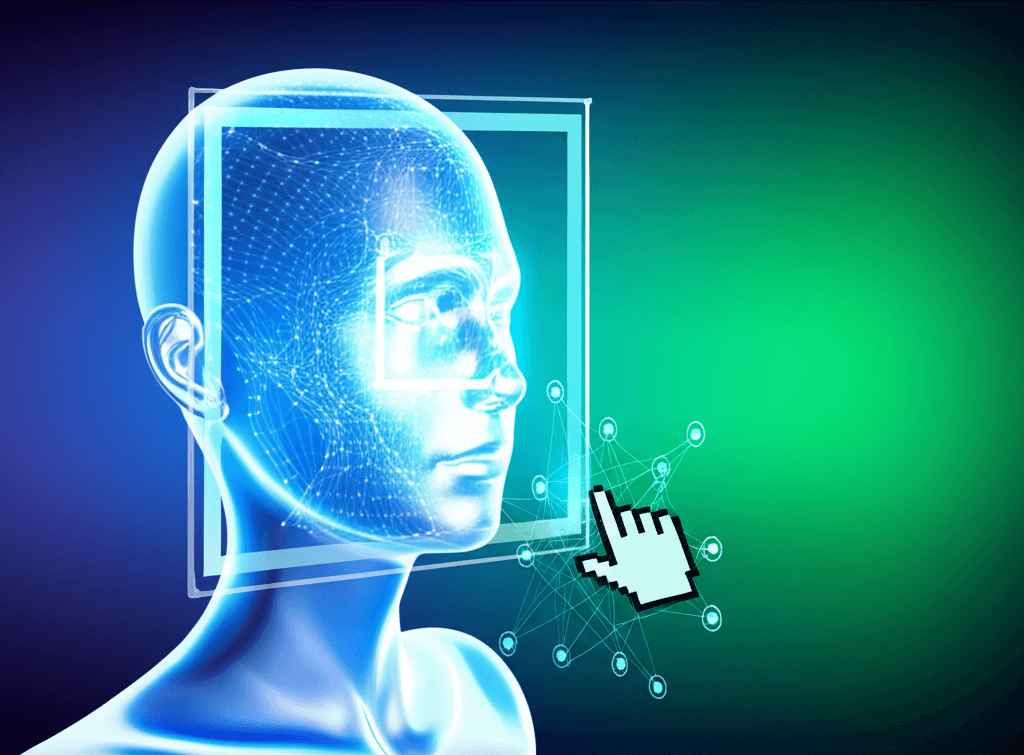OpenAI delivers precise AI image editing control, preserving vital details.
OpenAI's new High Input Fidelity feature precisely preserves critical details, like faces and logos, during AI image edits.
July 17, 2025

OpenAI has introduced a significant enhancement to its image generation and editing capabilities, rolling out a new feature named "High Input Fidelity."[1] This update to its Image API is engineered to provide users with a much greater degree of precision and control over the image editing process.[2][3] Specifically, it focuses on preserving the fine-grained details of an input image, ensuring that elements like faces, intricate patterns, and text or logos remain consistent and recognizable after edits are applied.[2][4] The feature represents a notable step forward in making AI-powered image manipulation a more reliable and nuanced tool for a wide range of creative and professional applications.
The core problem that "High Input Fidelity" aims to solve is the tendency of generative AI models to alter or disregard specific details of a source image when making edits based on a text prompt. Previously, users might find that while a model successfully executed a broad change, it would also unintentionally modify key features, such as a person's facial identity or a company's branding. This new feature directly addresses that limitation. By setting a parameter called `input_fidelity` to "high" within the API call, developers can instruct the model to prioritize the preservation of the original image's distinctive elements.[2][3] This allows for subtle and controlled changes to be made without affecting unrelated areas of the image. For example, a user could change the color of a single object in a complex scene, add or remove an element seamlessly, or alter a person's clothing without changing their facial features or the background.[2]
This enhanced precision is particularly impactful for use cases involving human subjects. The accurate preservation of faces is a key benefit, allowing for realistic edits to photographs while ensuring the subjects remain identifiable.[2] This opens up new possibilities for everything from professional photo retouching and creating personalized avatars to merging faces from different pictures into a single composite image.[2] Beyond faces, the feature is crucial for commercial and branding applications. Businesses can now more reliably use the API to create marketing assets, place their logos on various backgrounds, or generate product mockups without the risk of the AI distorting their brand identity.[4] The system allows for editing specific objects, adjusting facial expressions, and even modifying poses and outfits on people with a newfound level of accuracy.[4] The underlying technology, available through the Image API and the Responses image generation tool, leverages the `gpt-image-1` model, which is a native multimodal language model recommended for its high-quality image generation and its ability to utilize world knowledge.[5]
The introduction of "High Input Fidelity" does come with considerations regarding cost and technical implementation. Activating the high fidelity setting consumes more resources, which translates to a higher cost for the API user. The pricing is influenced by the dimensions of the image and the fidelity level selected.[4] Specifically, using high fidelity adds a significant number of extra input image tokens to the processing cost—4096 extra tokens for a square image and 6144 for portrait or landscape images, on top of the standard token calculation.[4] This is a notable increase compared to the "low" fidelity setting, which has a much lower base cost.[4] Developers should also be aware of a current limitation: while all input images are preserved with high fidelity, only the first image provided receives an extra level of texture richness. For complex edits involving multiple source photos, OpenAI suggests combining the necessary elements into a single composite image before making the API request to achieve the best results.[2] Despite these considerations, the community response has been positive, with developers acknowledging the significant leap in capability.[4]
In conclusion, the rollout of "High Input Fidelity" marks a pivotal advancement in the field of AI-driven image editing. By giving developers and creators the tools to make precise, localized changes while protecting essential details, OpenAI is lowering the barrier to producing professional-quality, context-aware visual content. This move goes beyond simple image generation, offering a more sophisticated form of human-AI collaboration where the user can guide the creative process with greater confidence and control. As the technology continues to evolve, this focus on fidelity and precision will likely become a standard expectation, further embedding generative AI as an indispensable tool in creative industries, marketing, and beyond, paving the way for even more complex and reliable image manipulation in the future.